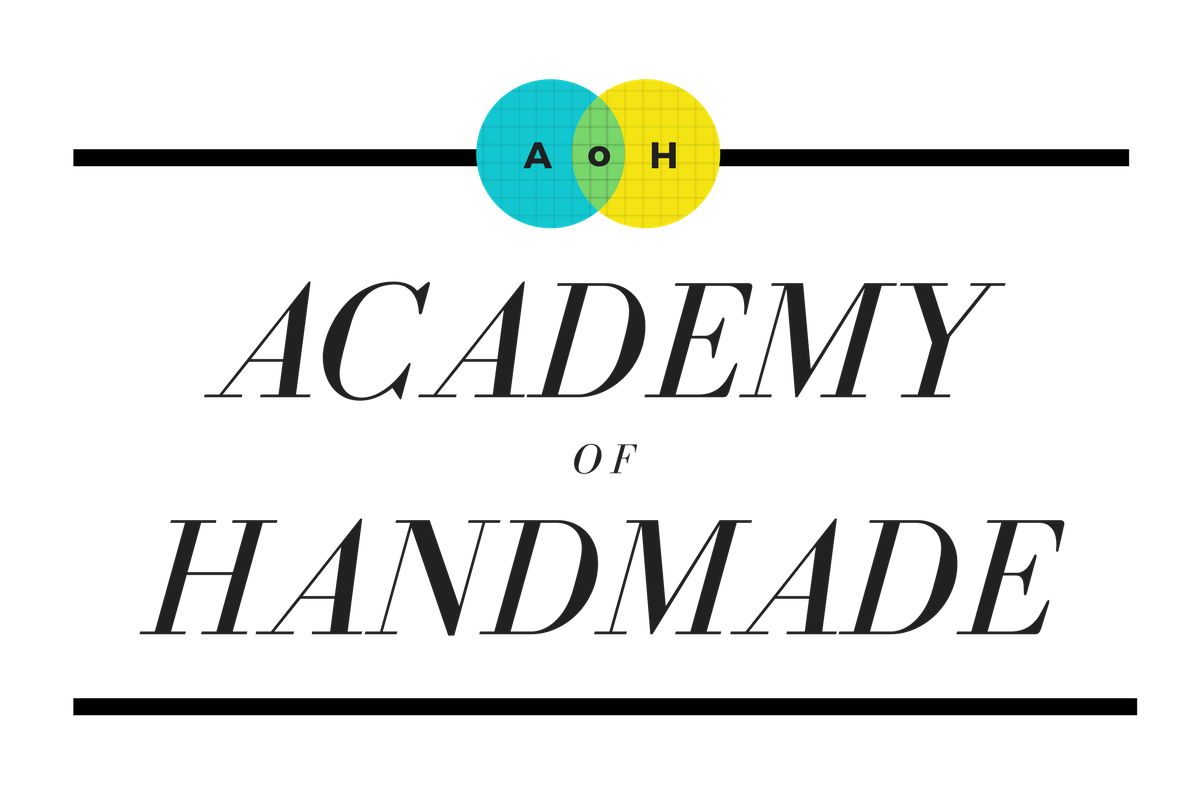Please give a warm welcome to Robert and Stacia Guzzo, founders of Handcrafted HoneyBee. This energetic #ahasmember business team has generously offered to share their recent, dramatic rebranding journey with our community. Here is Part 2, as told by Robert Guzzo, Co-Founder of Handcrafted HoneyBee.
The entire series can be found here:
read the prologue here
Part 1 (where they talk about their need to change) here
Part 2 (why it takes awhile to get a rebrand right)
Part 3 (what it's like finding a designer)
Part 4 (creating compelling content)
Part 5 (creating and using your brand guide)
Part 6 (creating compelling packaging)
Part 7 (juggling two brands at once)
Part 8 (building a homepage)
Part 9 (launching their new site)
Epilogue (why going through a rebrand helps you love your brand more)
AND read their designer's advice on getting better with graphic design here
Three months.
It took three months from the point where we decided to rebrand to the point where we were ready to move forward with a designer.
And we did it all in the midst of running the business, developing new wholesale relationships, preparing for the Christmas rush, and writing daily newsletters to make the most of our participation in a nationwide contest.
There were three things that needed to be in place before we could really say that we had prepared enough for the rebrand:
- Brand development
- Market analysis
- Financial preparation
Now, you may be looking at #1 and wondering: “You had to develop the brand before you even talked to the designer? Isn’t that what you hire a designer for?”
But brand is so much more than the visual style. It’s more than the logo. It’s more than the website or the product or the blog.
Brand is the heart of the relationship that you want to have with your audience. It’s the foundation of your entire business. It’s your reputation. It’s your WHY.
And that’s why a rebrand should never be taken lightly.
Failing to fully understanding your brand is probably the single biggest cause of client/designer miscommunication & frustration.
If you don’t understand every single aspect of your brand and what makes it tick, how can you take responsibility for content?
If you don’t understand how your brand fits into the marketplace and differentiates you, how can you have a clear idea of the business goals you want your rebrand to accomplish?
How can you as the client expect the designer to “get” your look, when you have no idea what that look is supposed to communicate?
We asked ourselves some pretty extensive questions about our brand. We worked and reworked them.
At the end of three months, we had a very clear idea of:
- Our customer, her buying habits, her struggles & desires, the kinds of brands already having conversations with her, and how we can help her live a better life
- Our brand’s differentiator, including product features, product benefits, and emotional benefits
- Our brand’s mission, our vision for the future, the values we wanted to stand for (both internally and in the marketplace)
- Our brand’s tone of voice, personality, and style, as well as the kinds of things that we never wanted to be associated with
- The business goals of each and every one of the pages on our website, our product packaging, and our logo
In parallel to all that, we were learning as much as we could about a completely different industry. By shifting our brand to serve girls with educational kits, we were no longer selling a cosmetic product in the same way we had been doing before. Now we were selling a something that could also be found in high-end toy stores, educational markets, and other entirely new spaces.
So we learned about a different set of federal regulations, a different set of rules and standards for labeling and packaging, a different set of businesses playing for attention and sales. We bought several kits and products similar to ours, so that we could understand what they were doing well and what we could improve upon.
Finally, we combined our brand and our market analysis to draw up a business plan. That is, we identified a measurable plan for our brand to make money based on our understanding of the opportunities and challenges of the marketplace.
Of course, we were eventually going to need to pay for a designer, so while we were working up our plans for the future, we were hustling to bring in cash today.
We landed three major wholesale accounts and tucked away every dollar we earned from that work. We promoted for Christmas and promoted for Hannukah and promoted for Thanksgiving. Anything to bring in the revenue we needed.
By the time we were ready to talk with a designer, we had cash saved up, so that we could focus on the value of our investment rather than worry about the cost of the work.
Next time: I’ll tell you a little bit about the designers we found and talk you through the thought processes of the prospective client as we made our decision. I’ll also share the single most important thing that one of our designer candidates didn’t do.
Where to find Handcrafted Honeybee:
Website: http://www.handcraftedhoneybee.com
Instagram: @handcraftedhoneybee
Youtube: https://www.youtube.com/c/HandcraftedHoneyBeeTV
Facebook: https://www.facebook.com/HandcraftedHoneyBee/
Twitter: https://twitter.com/craftyhoneybee


